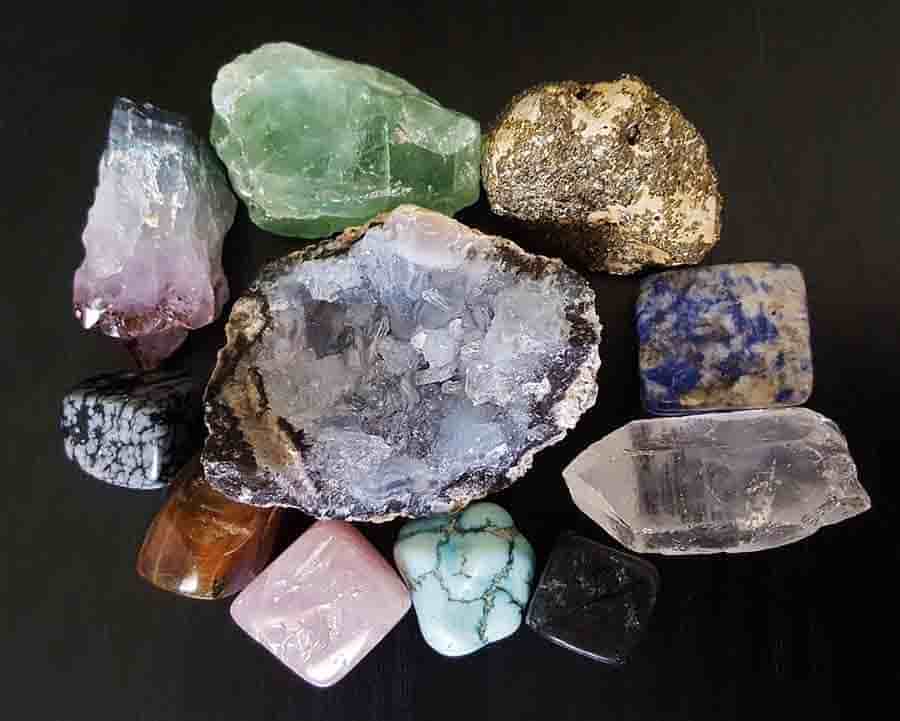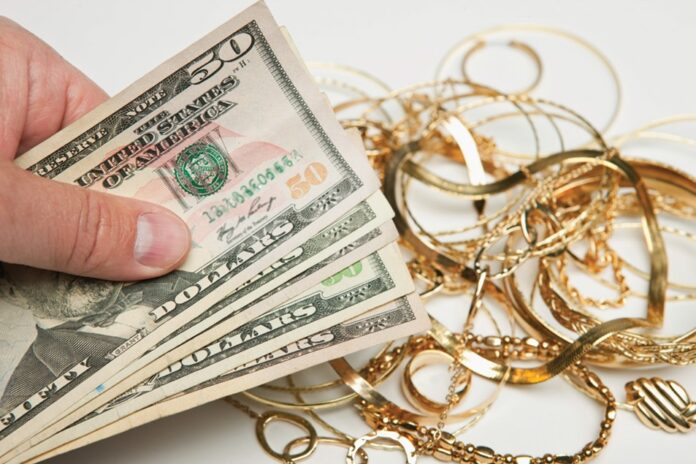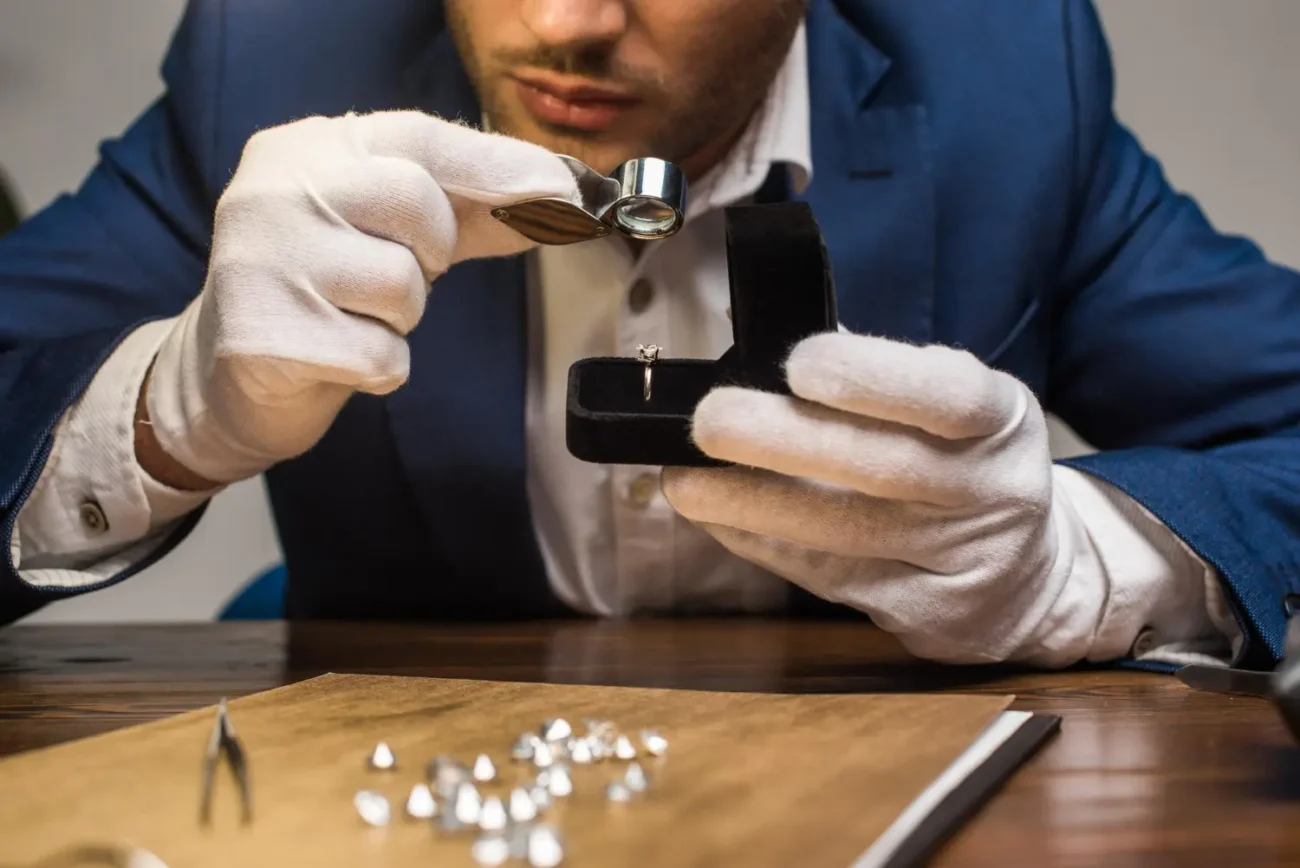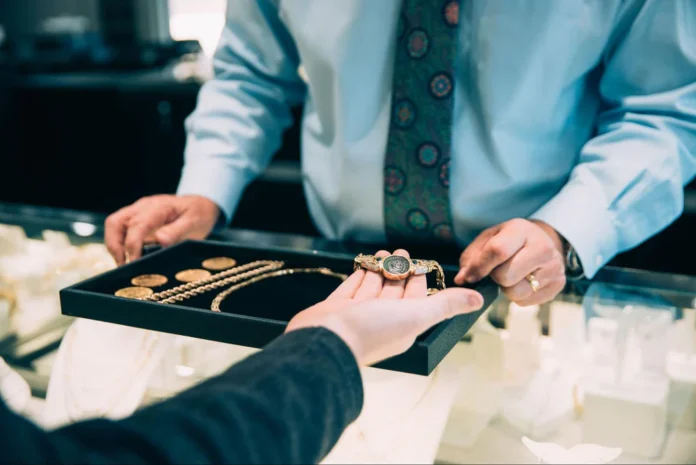In the intricate dance of economic tides, there may come a time when your precious jewelry, items often infused with sentimental value, become the immediate relief to pressing financial needs.
But how do you ensure that you get the best value for your treasured pieces? As a seasoned expert in the world of pawning and selling, I’ve seen countless individuals navigate this path. At some point in everyone’s life, they question what the best way to sell your gold jewelry would be. Let’s answer that!
The Basics
At its core, pawning is akin to taking out a collateral loan. You give the pawnbroker your item, and in return, you receive a loan amount based on the perceived value of that item. If you repay the loan plus interest within the agreed-upon term, you’ll retrieve your item. Fail to do so, and the pawnshop gains the right to sell it.
Direct Selling
Selling involves directly trading your jewelry for cash. The value will be based on market conditions, the intrinsic value of the metal, gemstone quality, and, sometimes, the piece’s brand or historical significance.
Determining Value
The primary value in most jewelry, especially gold, comes from its weight and purity. Gold is measured in karats, with 24 karats being pure gold. However, most jewelry isn’t 24k since pure gold is quite soft. Often, it’s mixed with other metals for durability.
Gemstone Value

Gemstones, particularly diamonds, have their valuation based on the Four Cs: Carat, Clarity, Color, and Cut. Familiarize yourself with these terms, as they can greatly influence the price.
Craftsmanship and Branding
While the intrinsic value of materials often forms the bulk of a piece’s worth, exceptional craftsmanship or association with a notable brand can elevate its price significantly.
Pre-Sale Preparations
Presenting your jewelry in its best light can positively affect valuation. Consider a professional cleaning, but if that’s out of reach, gentle soap and lukewarm water with a soft brush can work wonders.
Documentation and Authentication
Gather all documents, certificates, and receipts associated with the jewelry. Authenticity can play a vital role in both pawning and selling, especially for branded or antique pieces.
Research
Knowledge is power. Before approaching a pawnshop or buyer, research current market rates for gold and gemstones. This gives you a ballpark figure and hones your negotiation skills.
Negotiation Tactics
Before stepping foot in a pawnshop or meeting a buyer, know the least amount you’re willing to accept. This anchors your negotiations.
Be Open but Firm
While it’s crucial to be open to offers, don’t seem desperate or too eager. This might lead the buyer to undervalue your piece. Stand your ground, especially if you’ve done your homework.
Consider All Aspects
While cash is king, sometimes offers might include trade-ins or other benefits that could be of value to you. Weigh these options carefully.
The Final Decision: Pawn or Sell?

If your financial pinch is temporary, pawning might be your answer, as you can reclaim your item later. However, if you’re looking for a more significant amount or don’t see your financial situation improving soon, selling could be the better option.
Emotional Value
Often, pieces with high sentimental value are better pawned than sold, given there’s a chance to retrieve them. But remember, pawning still carries the risk of losing the item if you can’t repay.
Market Conditions
Sometimes, the market conditions might not be favorable for selling. Gold prices fluctuate. If they’re currently low but expected to rise, pawning might be a strategic choice until conditions improve.
After the Transaction
Whether you pawn or sell, always retain all documentation from the transaction. This not only helps for tax purposes but also serves as a reference should any dispute arise.
Reinvesting or Repurposing
Once you’ve converted your jewelry into cash, consider how best to use the funds. If you’ve sold a family heirloom or a piece of sentimental value, you might think about reinvesting in a more affordable keepsake or piece of jewelry. Alternatively, put the cash to work by paying off debts, investing in opportunities, or addressing immediate financial needs.
Reflect and Learn
Every financial transaction offers a lesson. Reflect on what you’ve learned during this process. Did you get the value you expected? Would you approach things differently next time? This reflection ensures that, should you ever find yourself in a similar situation, you’re even better prepared.
Preparing for the Future
If you still possess other valuable pieces, now might be a good time to consider insuring them. Jewelry insurance can provide peace of mind, ensuring that your investment is protected against loss, theft, or damage.
Regular Appraisals
The value of jewelry can fluctuate based on various factors, from global market prices to trends in the fashion world. Regular appraisals can keep you updated on your jewelry’s current worth, so you’re never in the dark.
Safe Storage
Ensure that your remaining pieces are stored securely. Invest in a quality jewelry box or consider a safety deposit box for especially valuable items. Proper storage not only protects against theft but also against potential damage from environmental factors.
Ethical Considerations
If you’re in the market to replace the jewelry you’ve sold, be mindful of where you purchase from. Ethically sourced gemstones and metals are becoming a significant consideration for many consumers.
Recycling and Sustainability
Consider sellers or brands that promote recycled materials or sustainable practices. This not only ensures a more eco-friendly purchase but often such pieces carry unique stories of their own.

FAQs
What’s the primary difference between pawning and selling?
Pawning is akin to taking a loan using your jewelry as collateral. If you pay back the loan plus the interest within the stipulated time, you retrieve your jewelry. If not, the pawnshop can sell it. Selling, on the other hand, is a straightforward transaction where you trade your jewelry for cash or its equivalent.
How do I ensure I’m not being scammed or offered a value lower than my jewelry’s worth?
Research is your best defense. Familiarize yourself with current market rates for precious metals and gemstones. Gather any documentation proving the authenticity of your piece. And always deal with reputable establishments—reviews and industry associations can give insights into a shop’s credibility.
Can I negotiate the loan amount or selling price offered by the pawnshop or buyer?
Absolutely. Negotiation is an integral part of the process. Having a clear understanding of your jewelry’s value and a set minimum amount you’re willing to accept can anchor your negotiations. Be open, but stand your ground.
What happens if I can’t repay my pawn loan within the given time frame?
If you’re unable to repay the loan and its interest within the specified period, the pawnshop gains the right to sell your jewelry. Some pawnshops might offer extensions or renewals, but this often comes with additional fees or higher interest rates.
Does cleaning my jewelry really make a difference in its value?
While the intrinsic material (like gold or diamonds) determines the majority of an item’s value, presenting it in its best condition can positively influence its perceived worth. A clean, well-maintained piece might fetch a better price or loan amount than one that’s tarnished or dirty.
How do fluctuating gold prices affect the pawning or selling process?
Gold prices play a significant role in determining the value of gold jewelry. When gold prices are high, you might get a better rate for your piece. Conversely, when prices drop, the offered amounts might be lower. Being aware of market trends can help you decide the best time to pawn or sell.

Conclusion
Jewelry, from its inception in the earth’s crust to the gleaming piece on a display counter, has traversed a long journey. As owners, we become a part of that journey. By choosing to pawn or sell, we contribute to the cycle of value, passing on beauty, craftsmanship, and worth to new hands and new stories.
Remember, the world of jewelry is as vast and varied as human history itself. Treat each piece with the respect and care it deserves, whether it rests in your possession or you choose to turn that gold into green.




